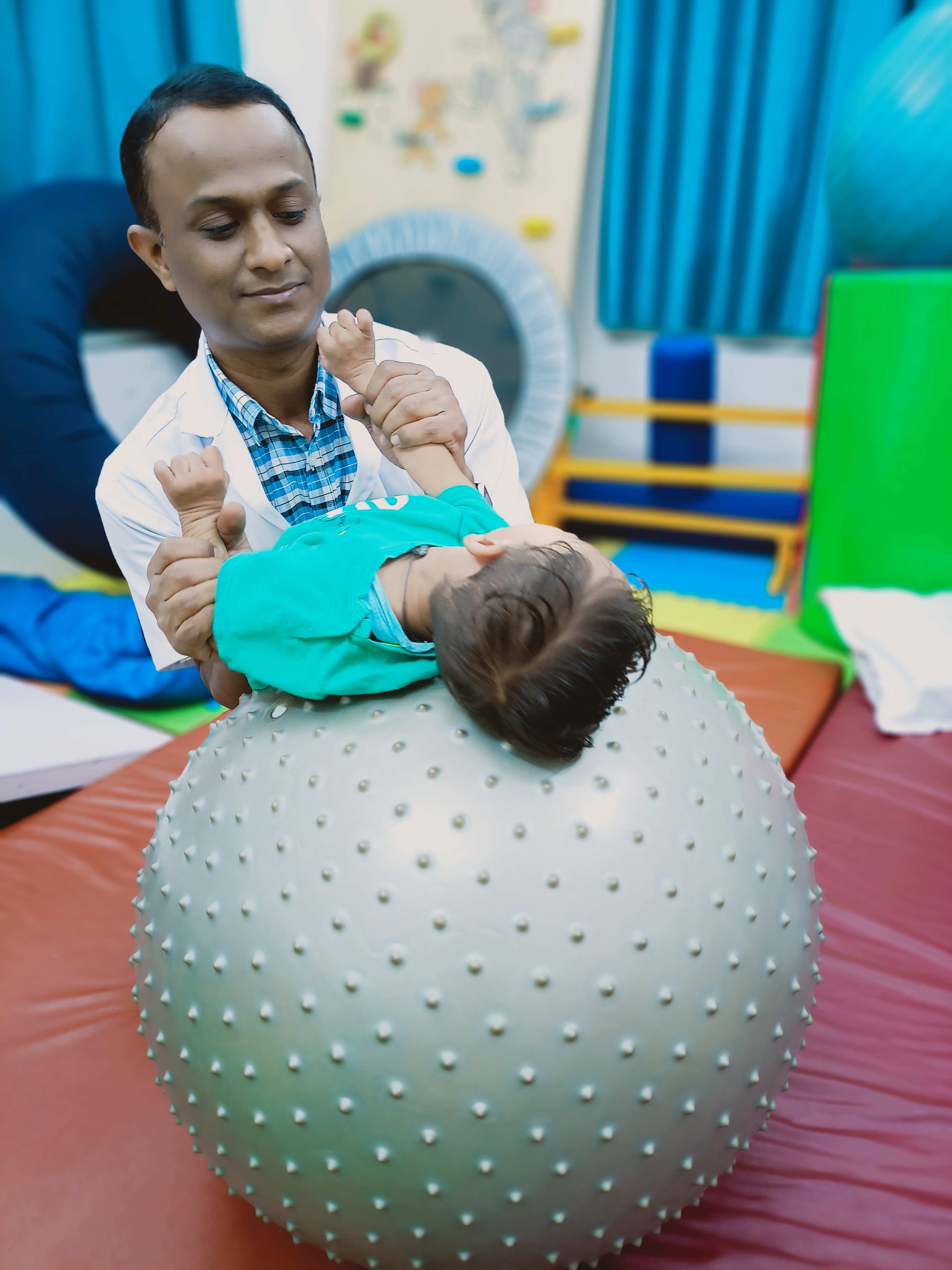How Occupational Therapy or Sensory Integration Therapy Helps in Developing Speech in Autism?
On January 12, 2024

Autism once identified, needs to be treated early. And it is because of this, that one needs to identify the issue soon. The very first symptom of autism what parents notice is delayed speech. Researchers have seen that merely with sensory integration therapy, kids with autism starts speaking as well.
Many times, while doing routine occupational therapy (OT) this problem gets rectified to a certain degree. We at Sensational Child are specialists in Children’s Occupational Therapy and provide highly effective Occupational Therapy. Although sensory integration therapy is famous to develop attention, eye contact, reduce hyperactivity, improve spatial and academic abilities, it is also effective in developing speech in autism. Let us see how:
Sensory Integration therapy helps develop speech in autism:
Like the rest of the body, the nervous system is all one unit. To be sure, the nervous system has many parts, but really there is no part of the human nervous system that is not connected to every other part So, really all the senses are involved one way or another.
Our sense of touch (tactile sense) contributes to speech because of the contact that occurs between the articulators (e.g. the upper and lower lips for /p/ an /b/; the back of the tongue and the soft palate for /k/ and /g/). The tactile sense also helps us monitor the flow of breath through our oral and nasal passages, as well as vibration in the larynx and the resonance chambers of the pharynx, nose, and mouth.
The vestibular sense (the sense of balance) and the proprioceptive sense (the sense of the body's position and motion) are important for speech. The vestibular system controls what we often think of as our sense of balance. Messages from the semicircular canals in the inner ear relay information to the brain about motion and any changes of our position in space. Because the semicircular canals are in the inner ear, the messages they send are carried along the same nerve, Cranial nerve VIII, as auditory signals travelling from the ears. Therefore, difficulties with vestibular processing often co-occur with hearing and auditory processing deficits.
The vestibular system works with the visual system to enable us to keep our eyes focused on an object while we are in motion. This is why the entire world doesn't appear to be shaking when we are running or riding a horse. When you hear a noise and turn toward it, that's the vestibular and auditory systems working together.
Speech is a fine motor activity. Every time we talk, dozens of muscles from the abdomen, chest, neck, larynx, pharynx, jaw, tongue, face, and lips work together with precise coordination and sequencing. The brain coordinates and controls all of these, while at the same time doing all the cognitive processing involved in formulating the message, choosing the appropriate words, grammatical structures, facial expressions, and gestures, plus paying attention to the listener's visual and auditory feedback (facial expressions, 'body language,' nods, grunts, sighs, etc.). The process is so complex it's a wonder anyone can do it!
Sensory integration disorders are usually treated by occupational therapists, but they often co-occur with speech and language impairments, so speech-language pathologists are frequently involved in treating children with sensory integration issues and may incorporate sensory integration activities into their treatment when appropriate.
Conclusion:
Speech therapy as well as occupational therapy are must in case of delayed speech and in autism. At Sensational Child, we provide both the therapies back to back under one roof. To know more, please get in touch with us!!

